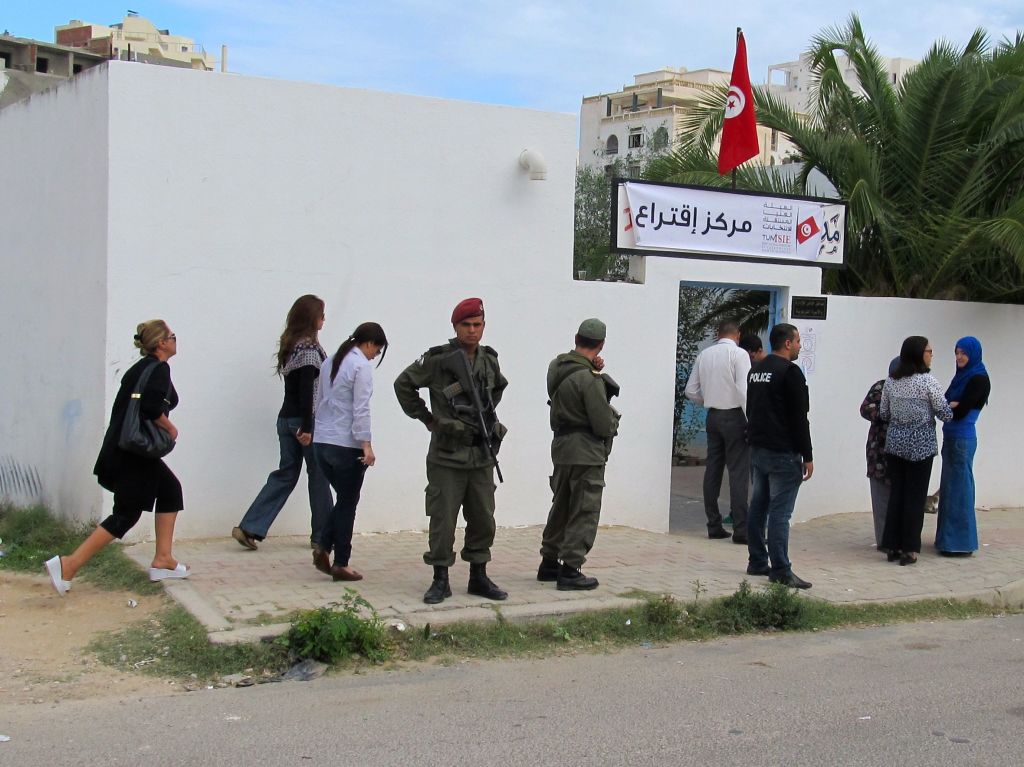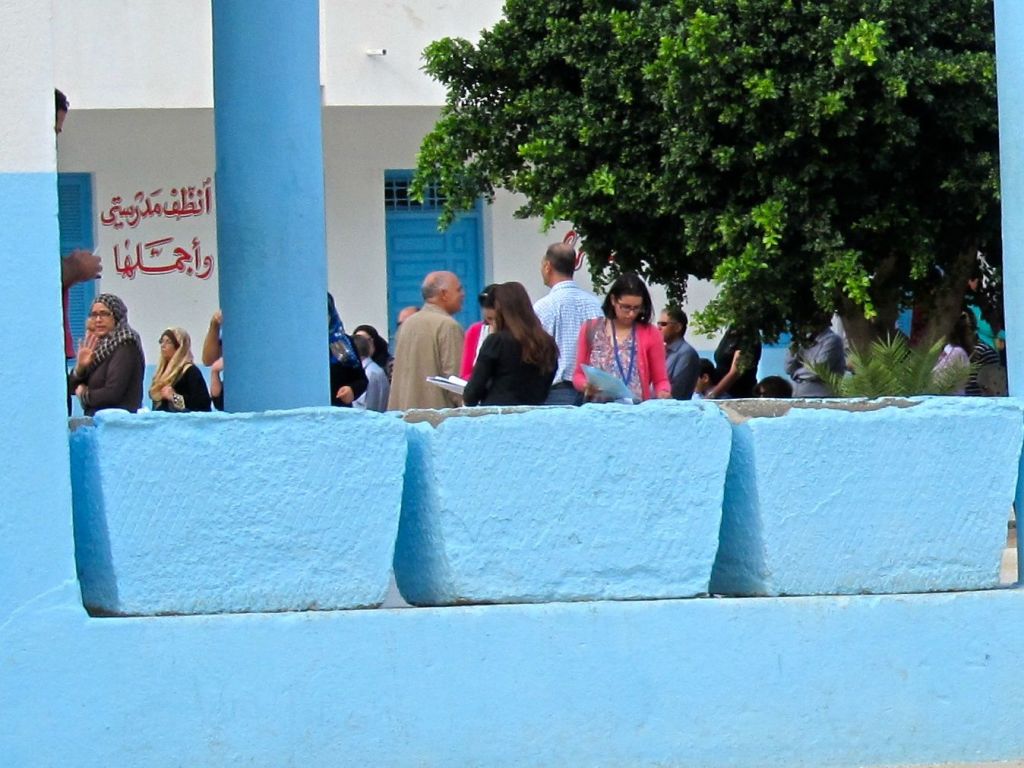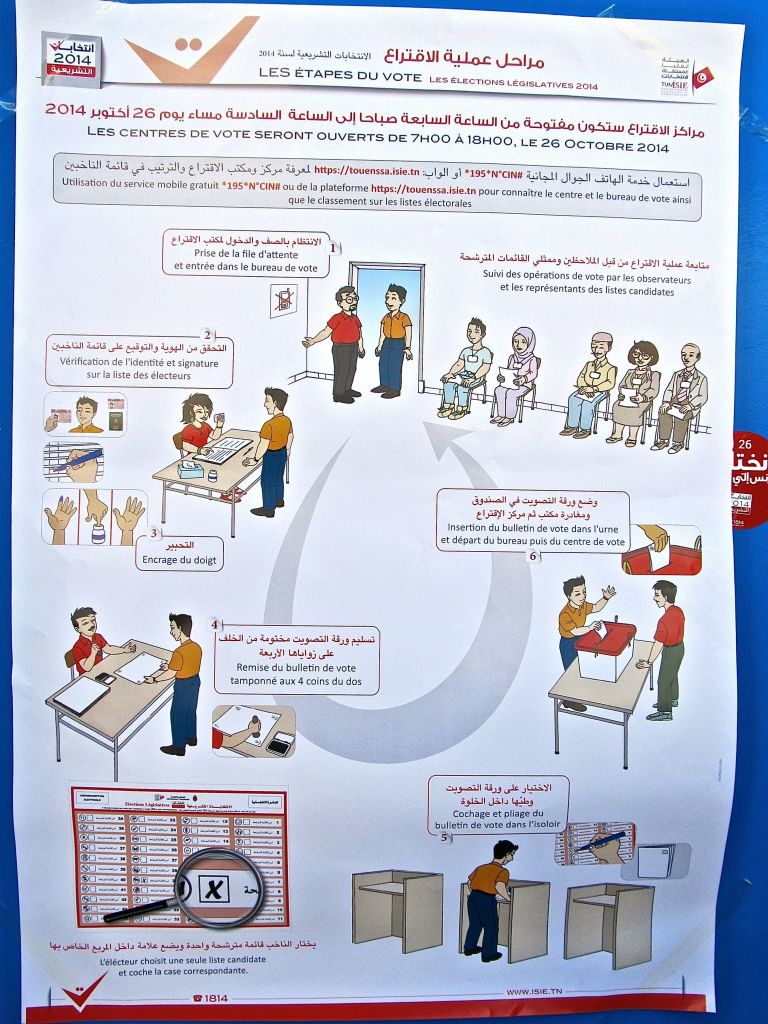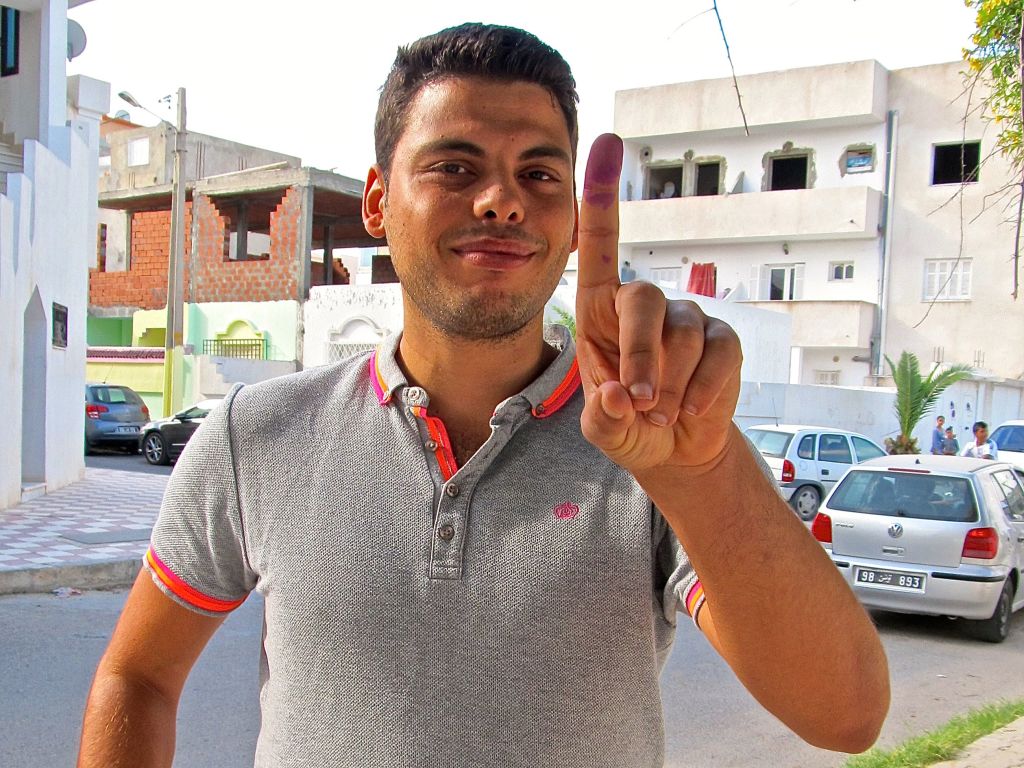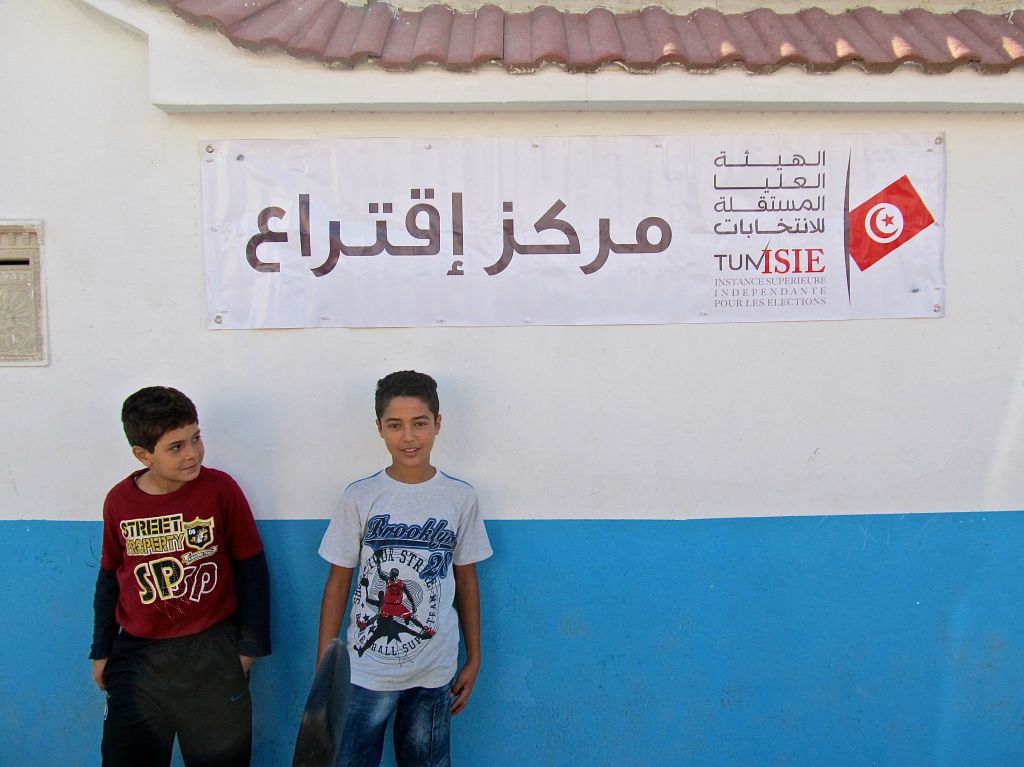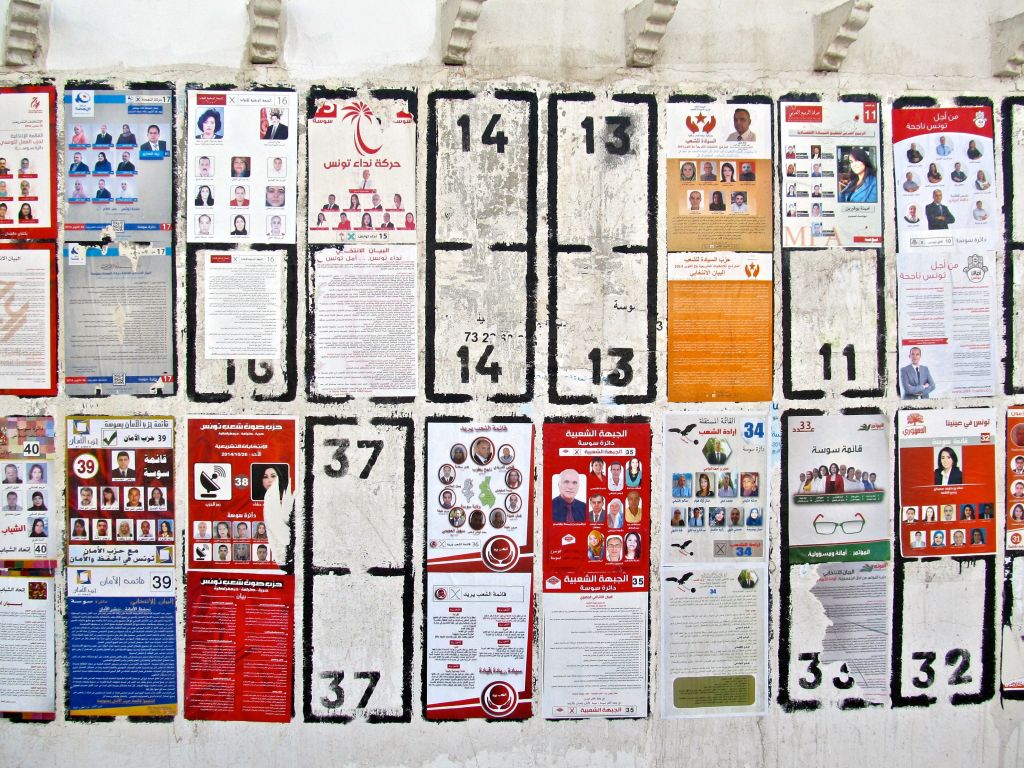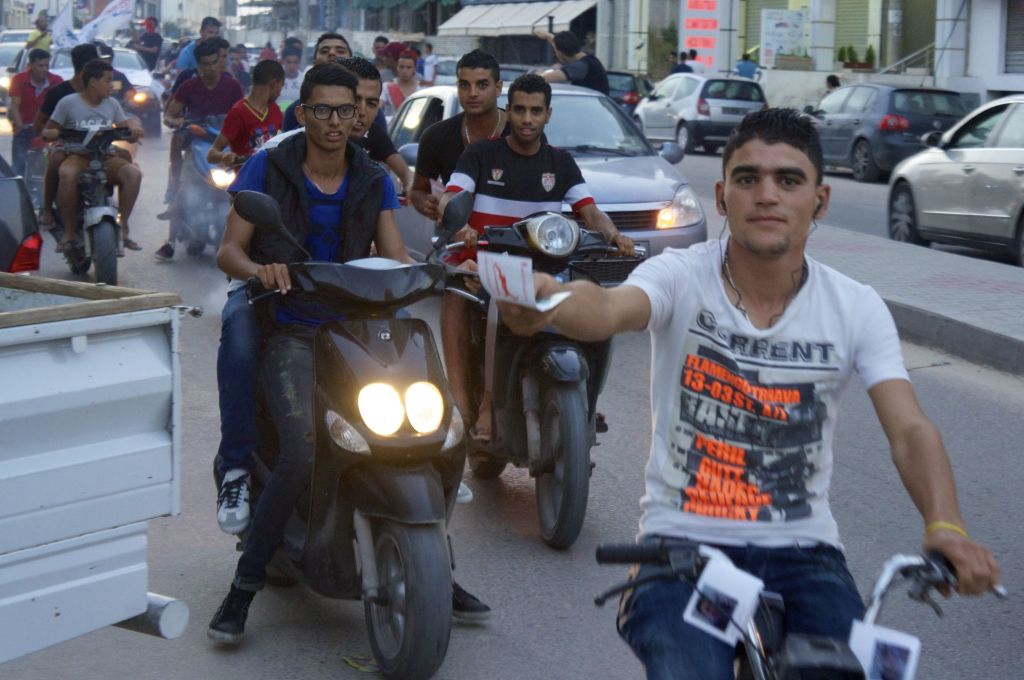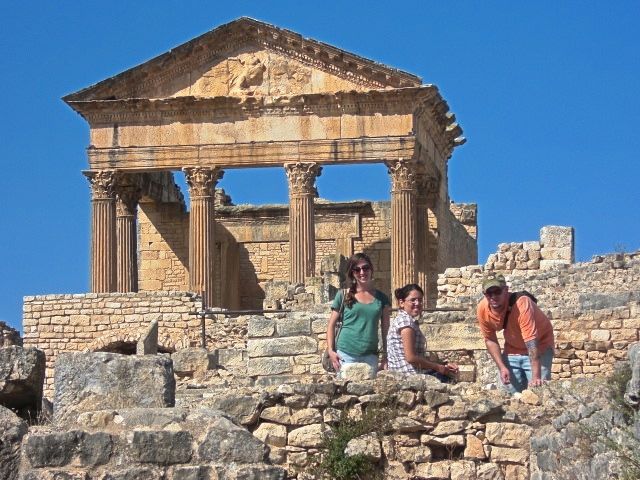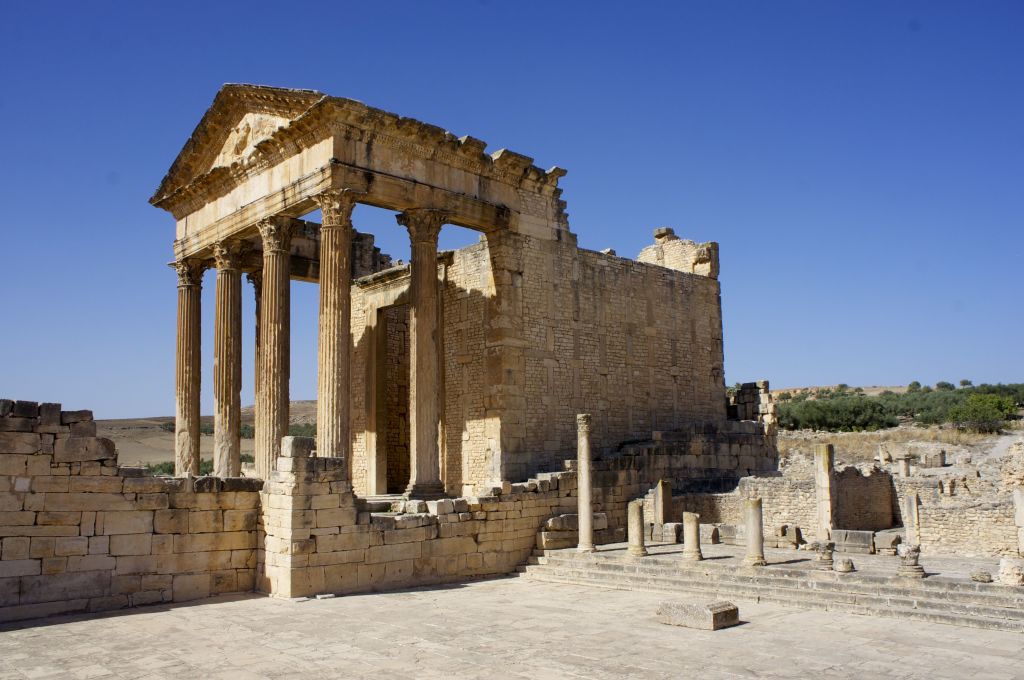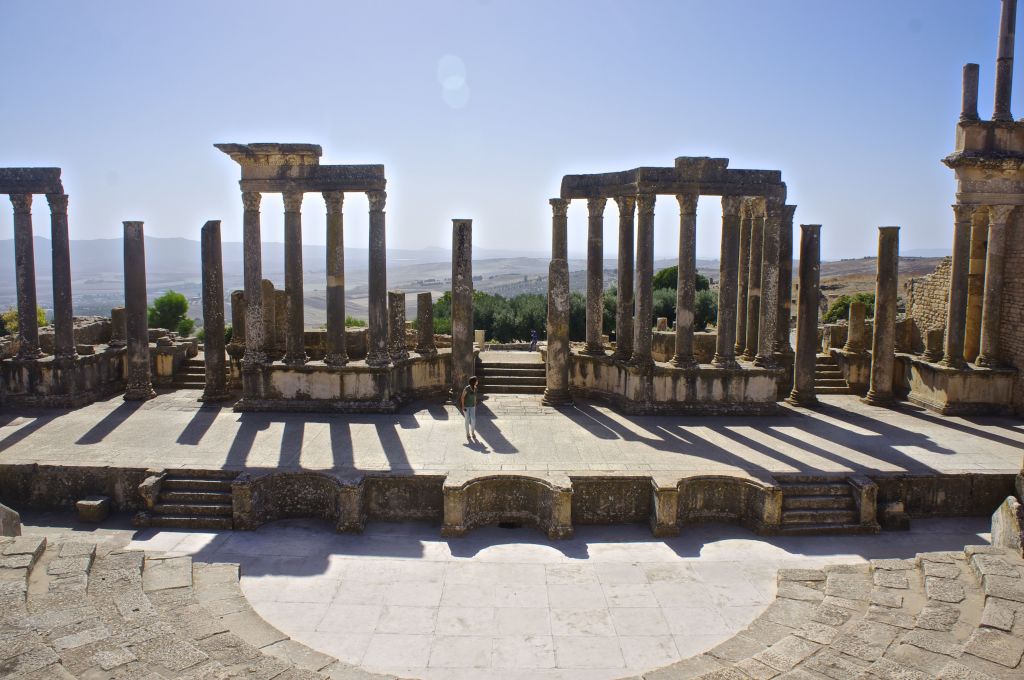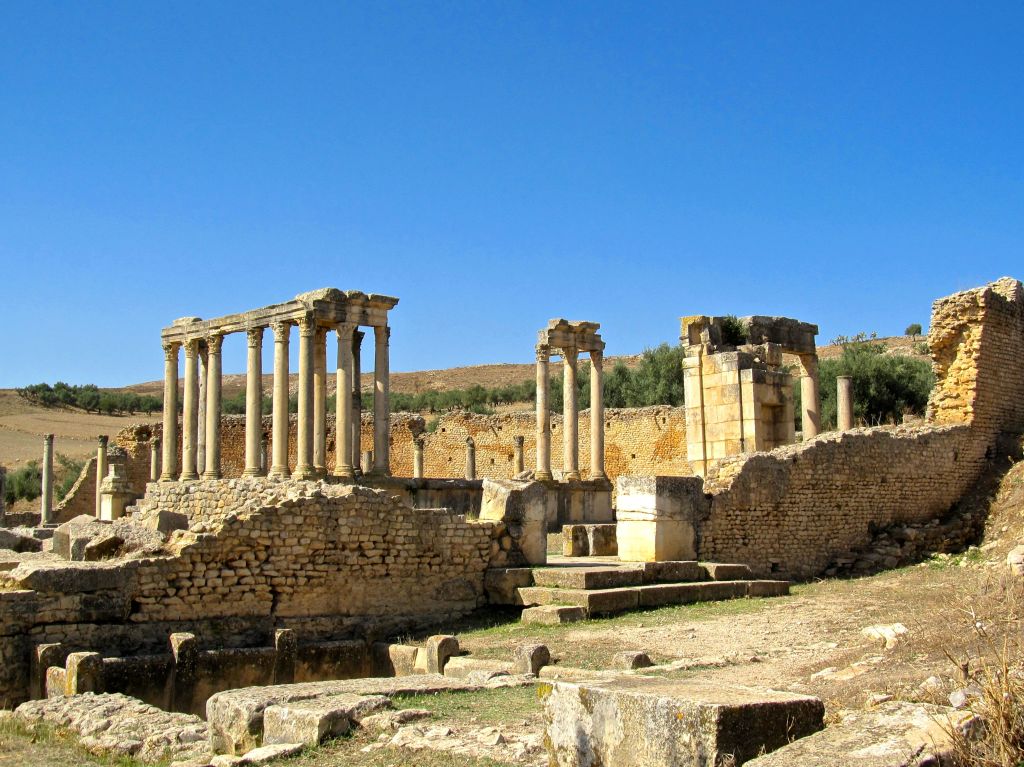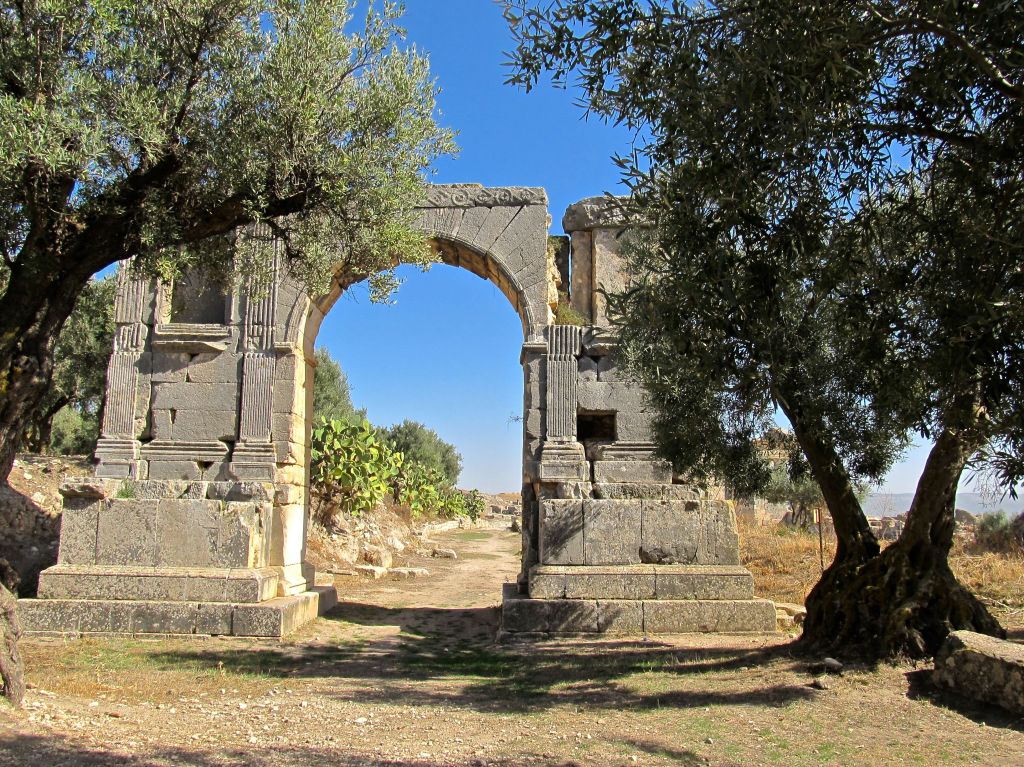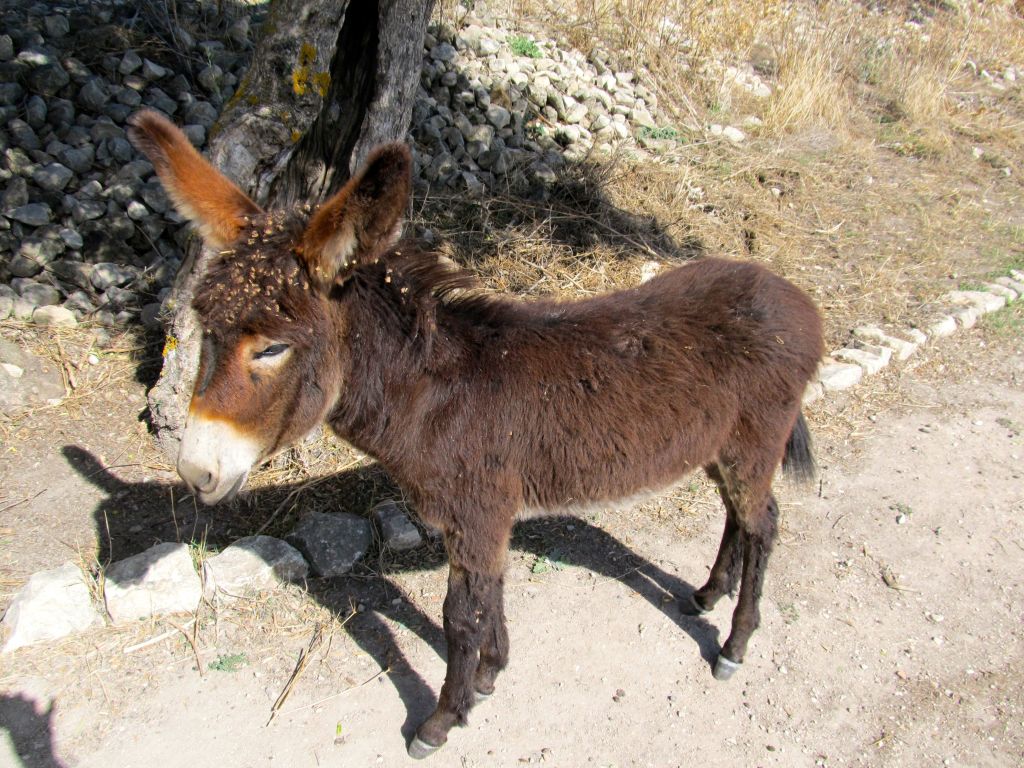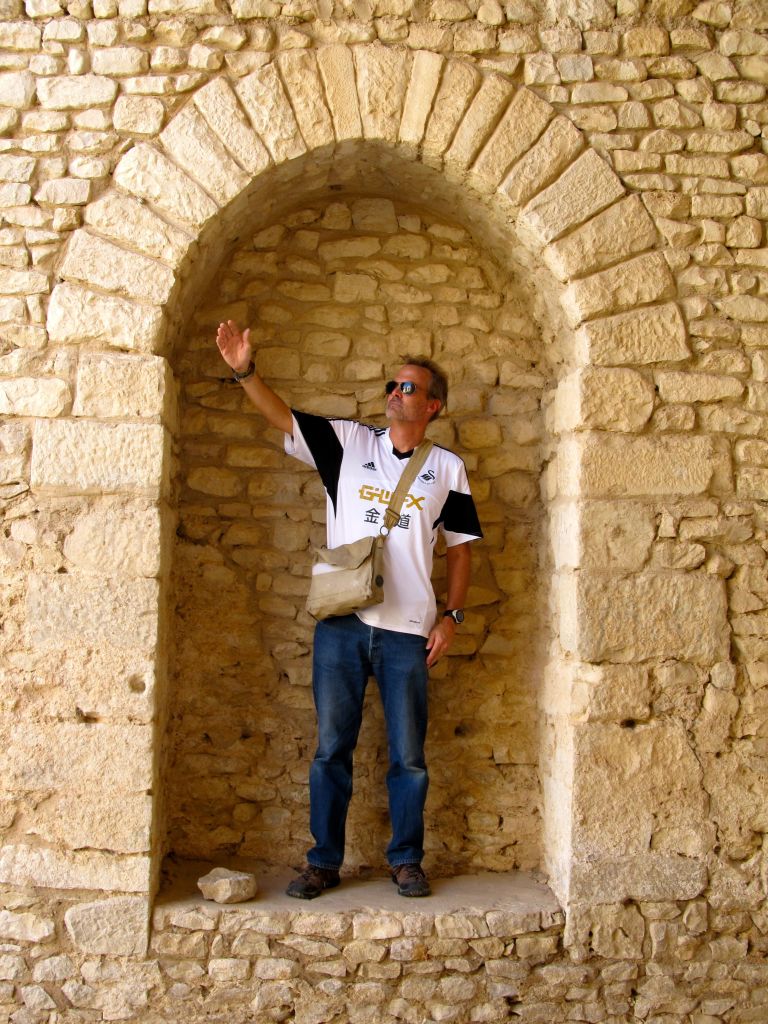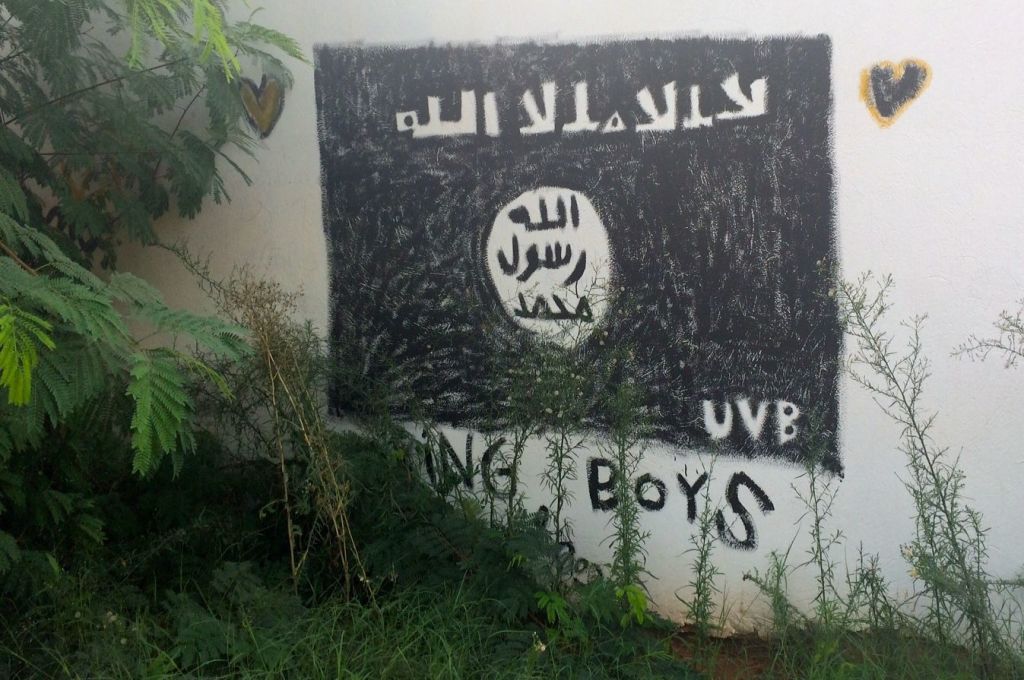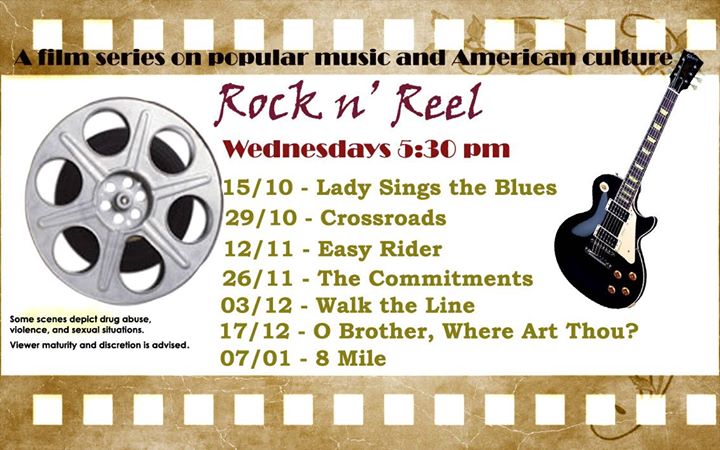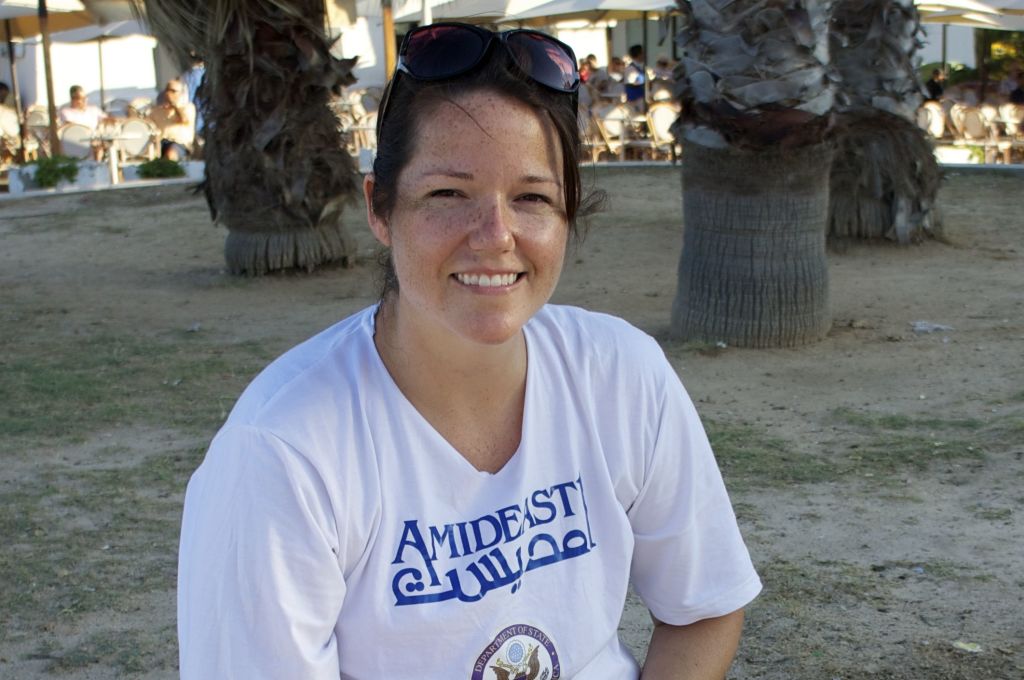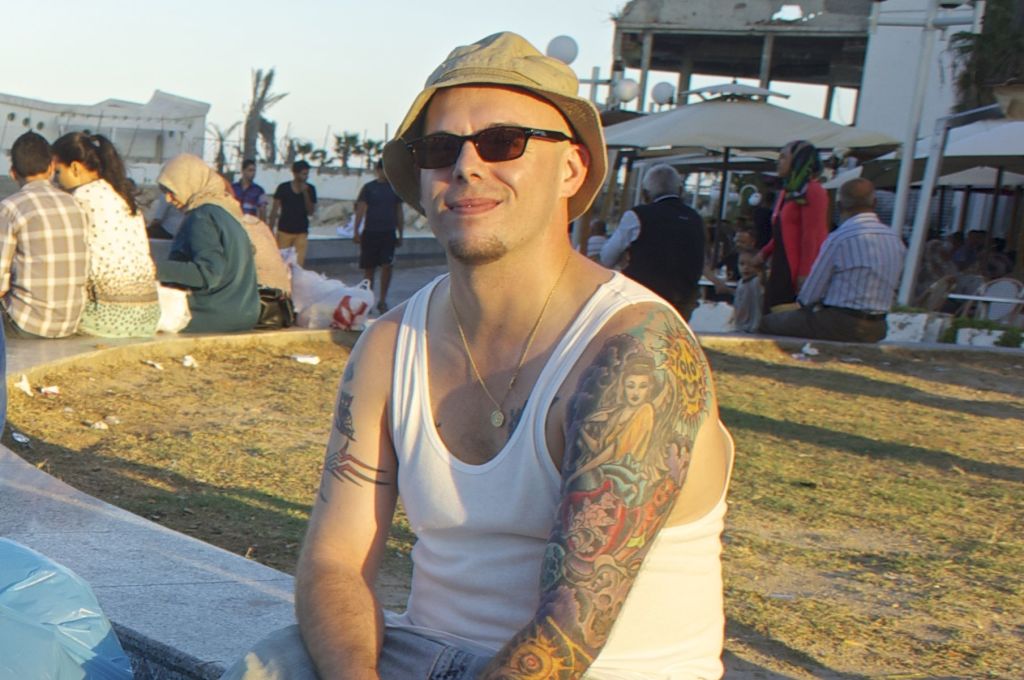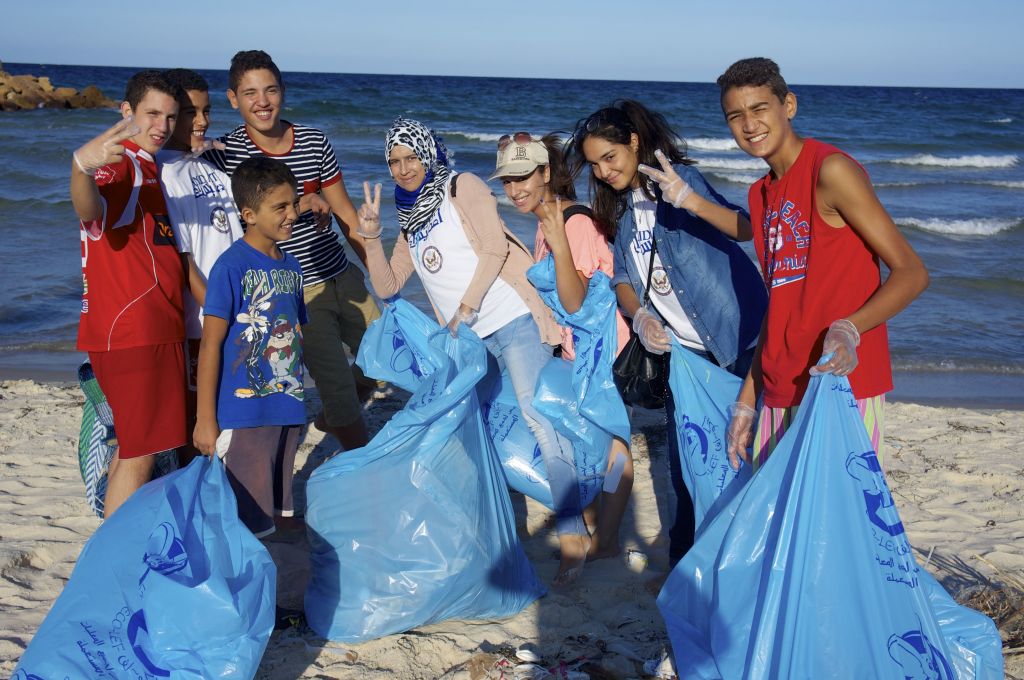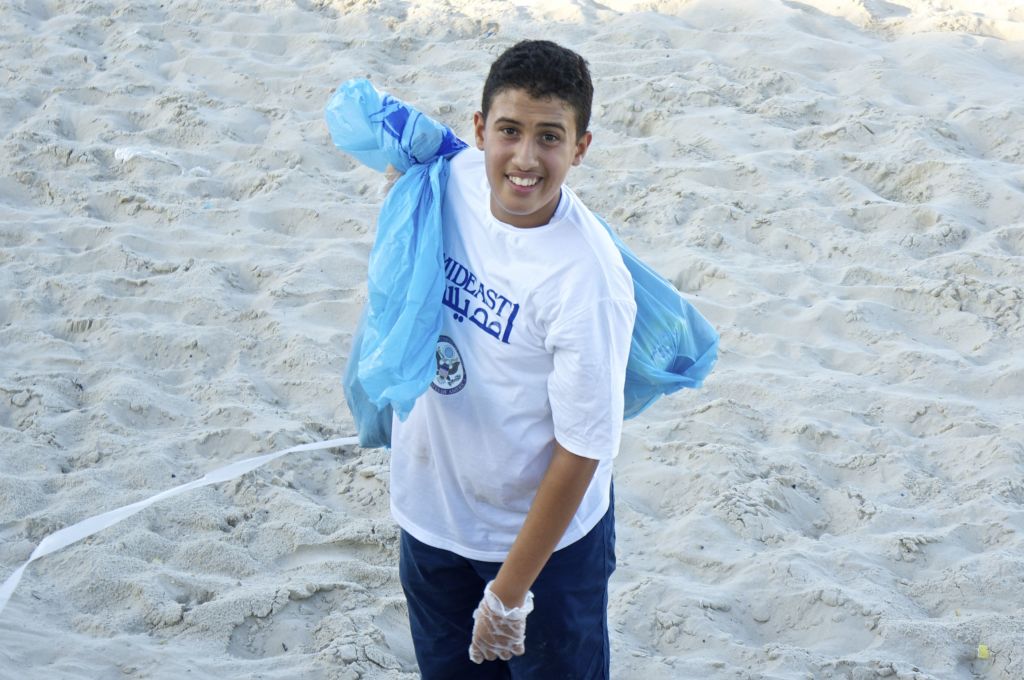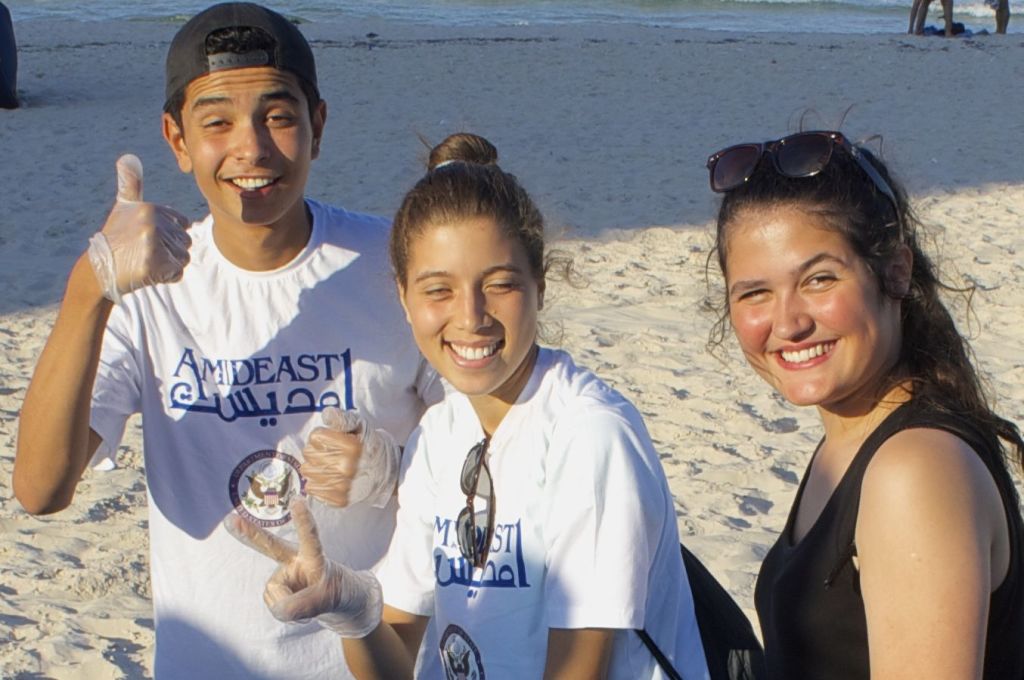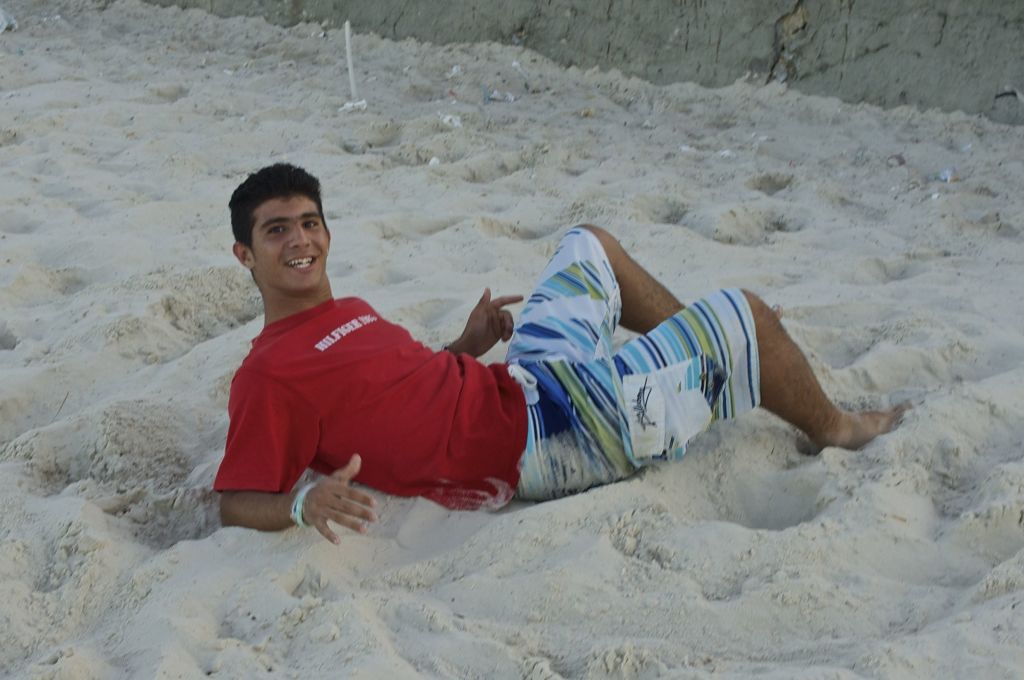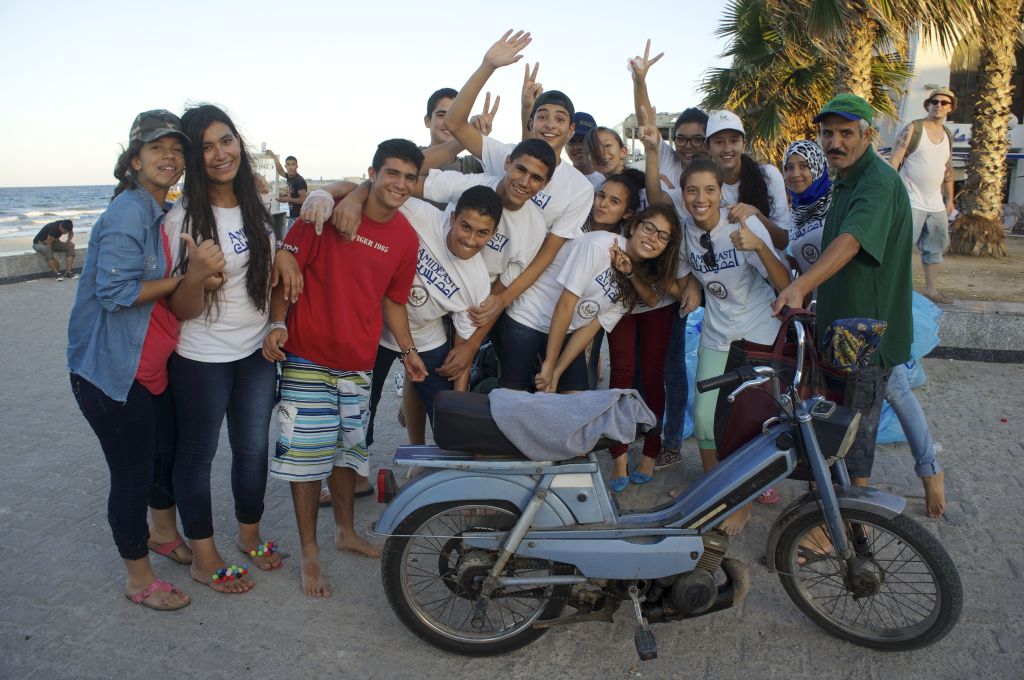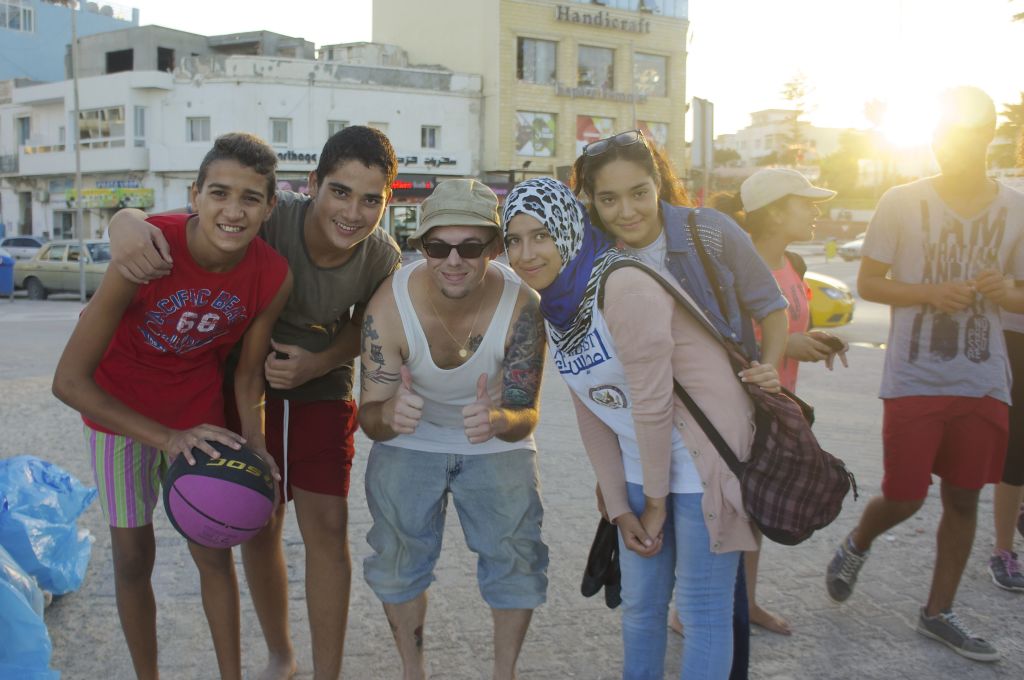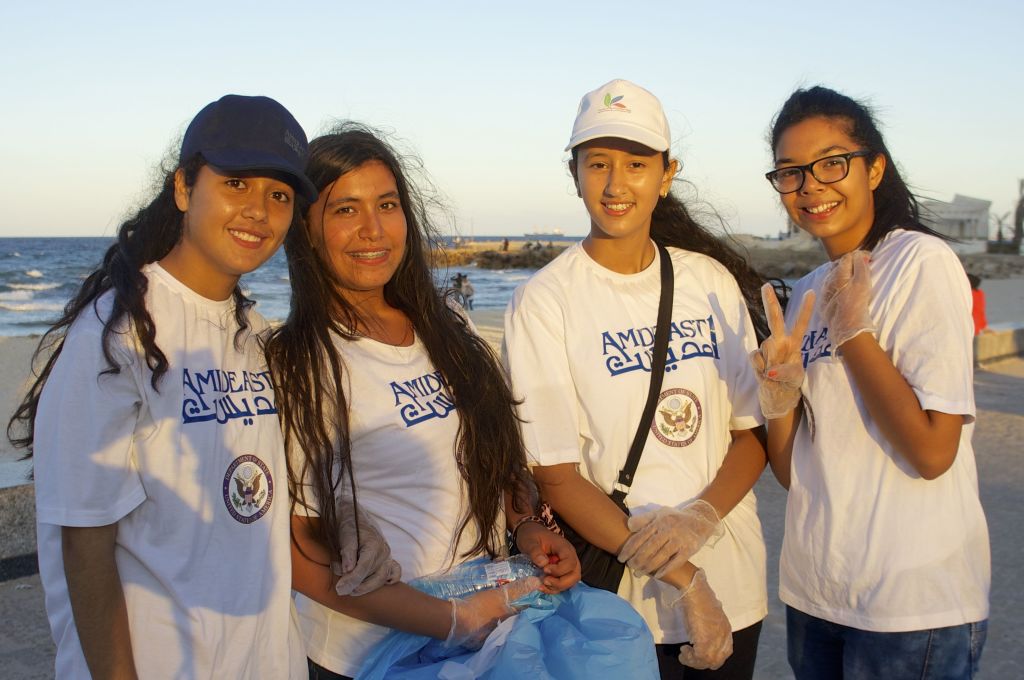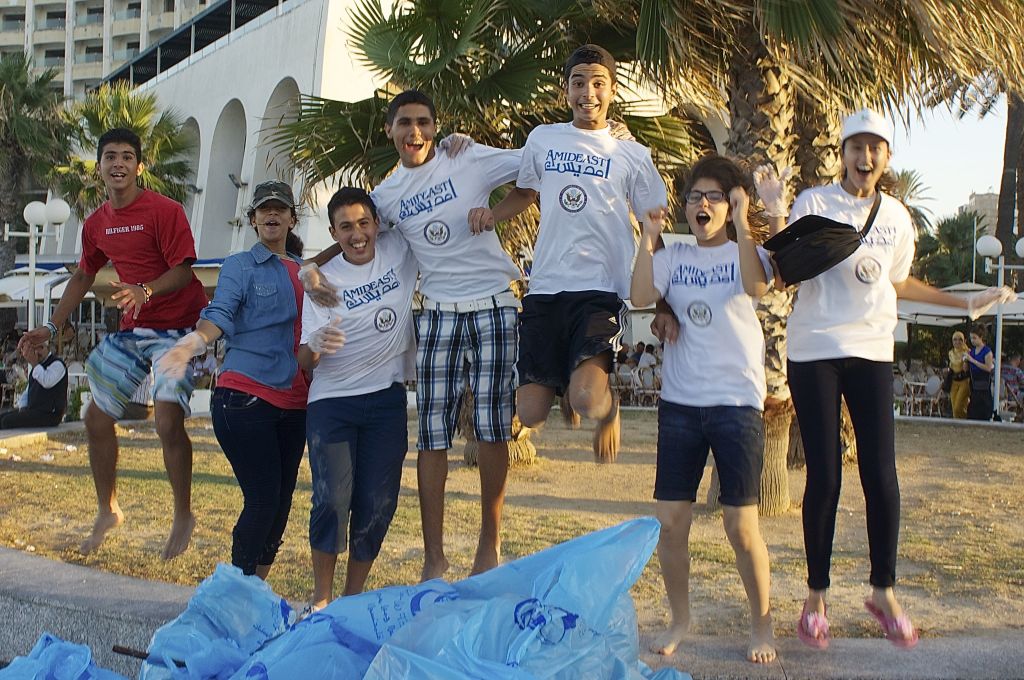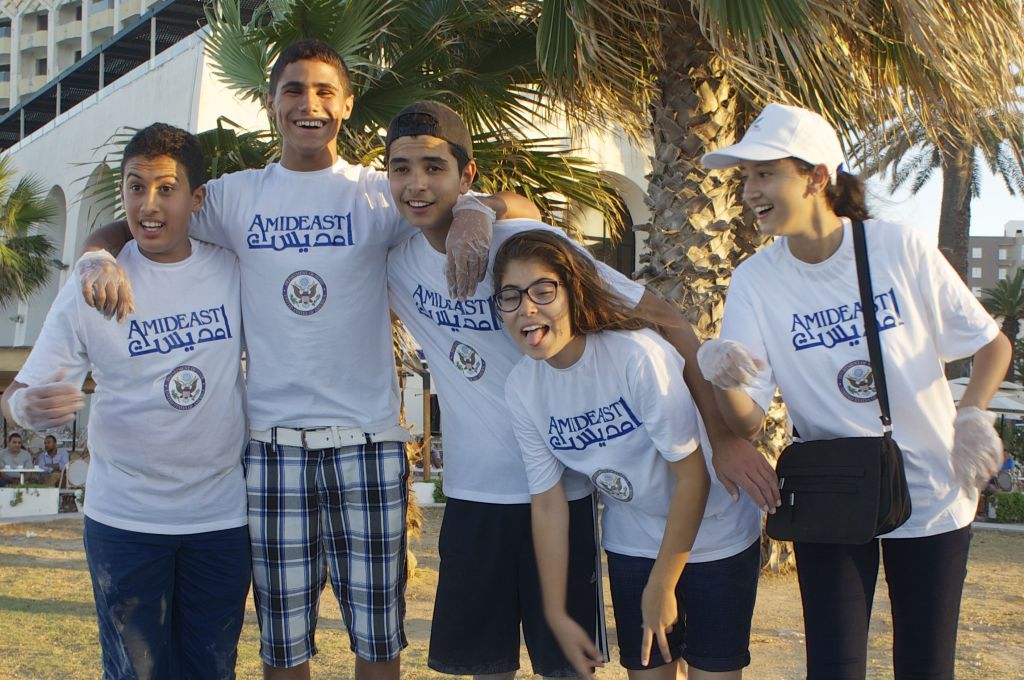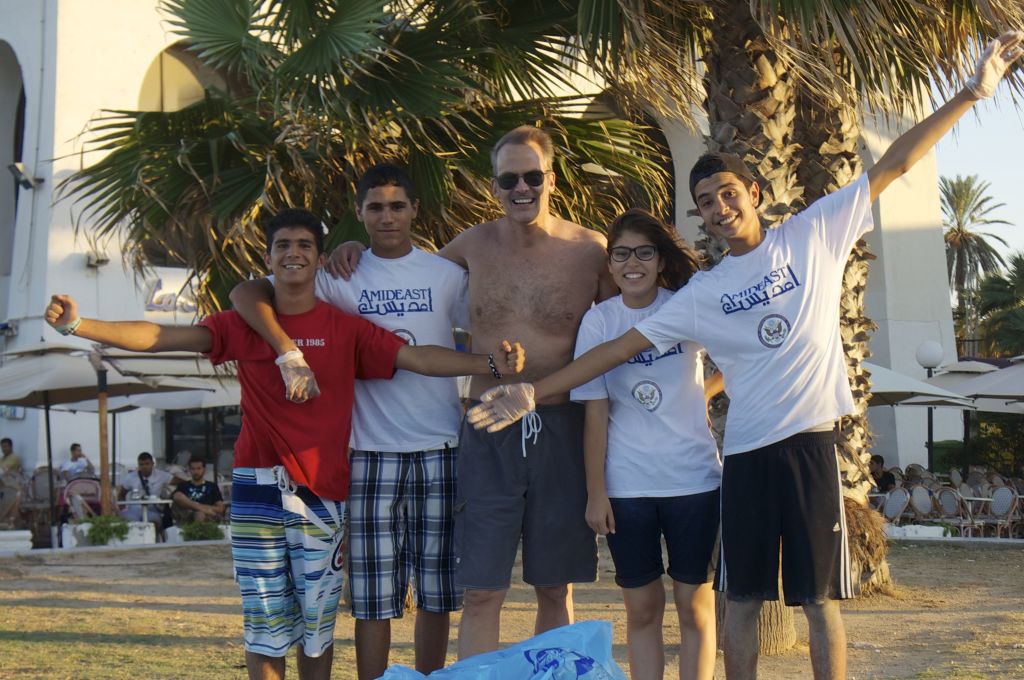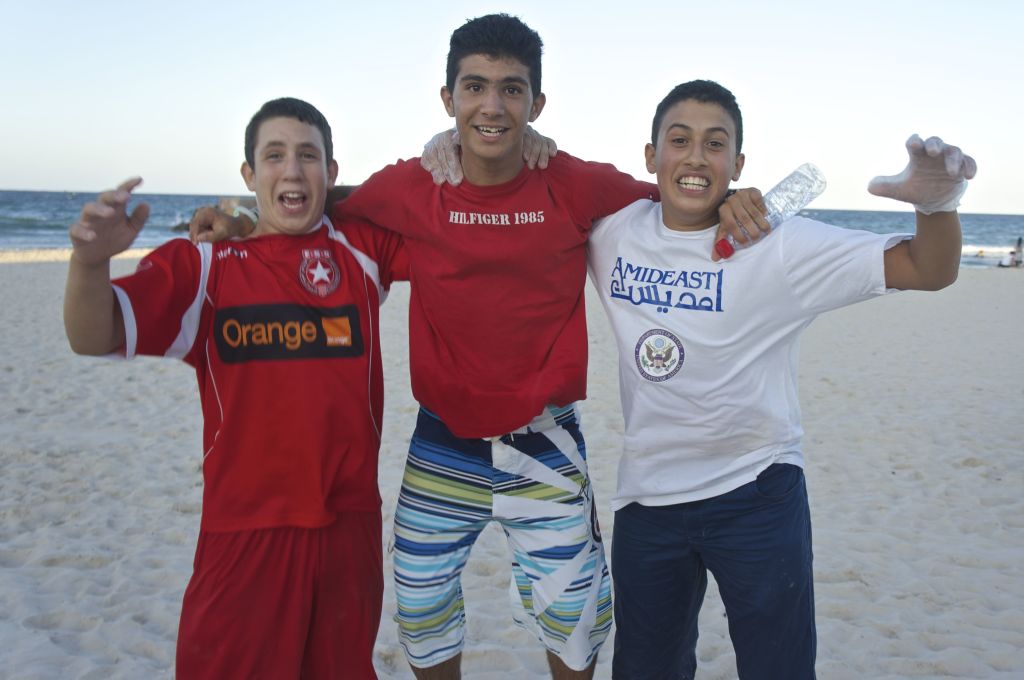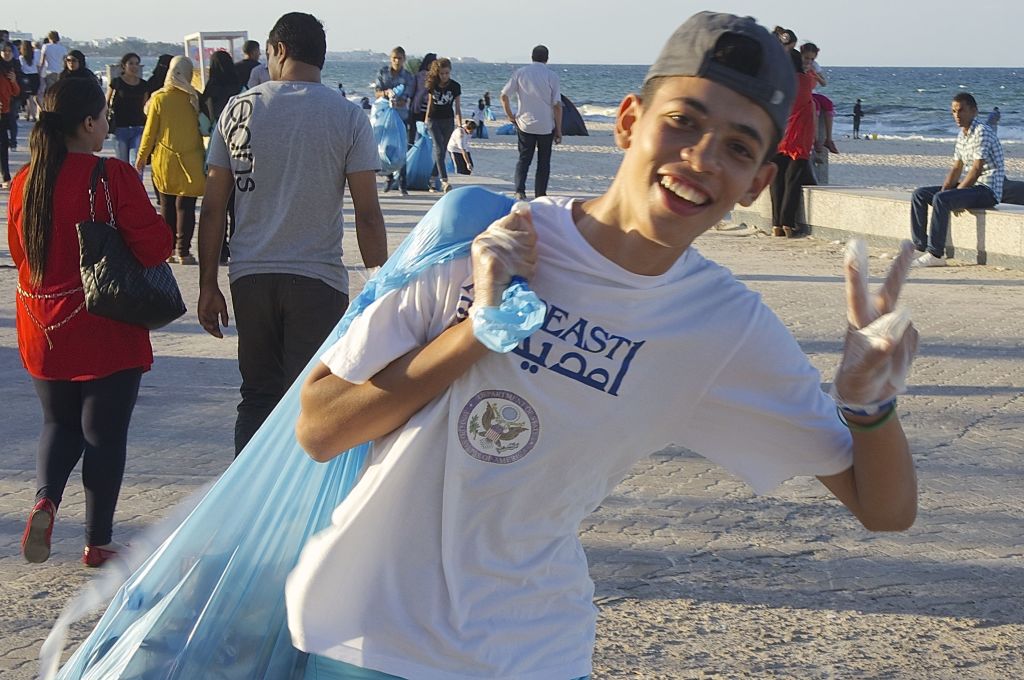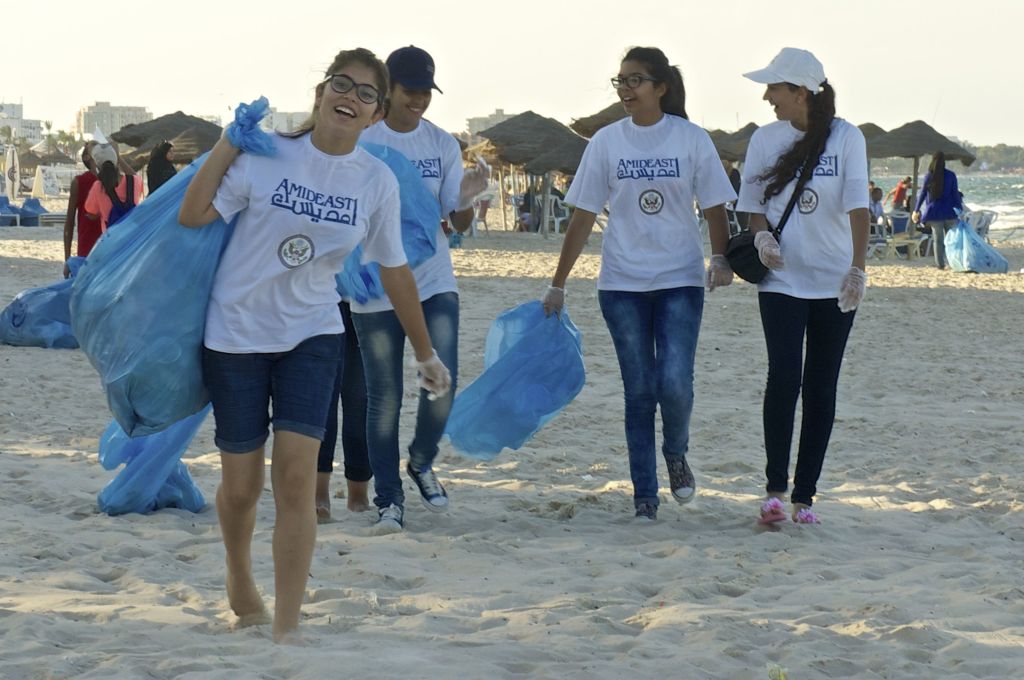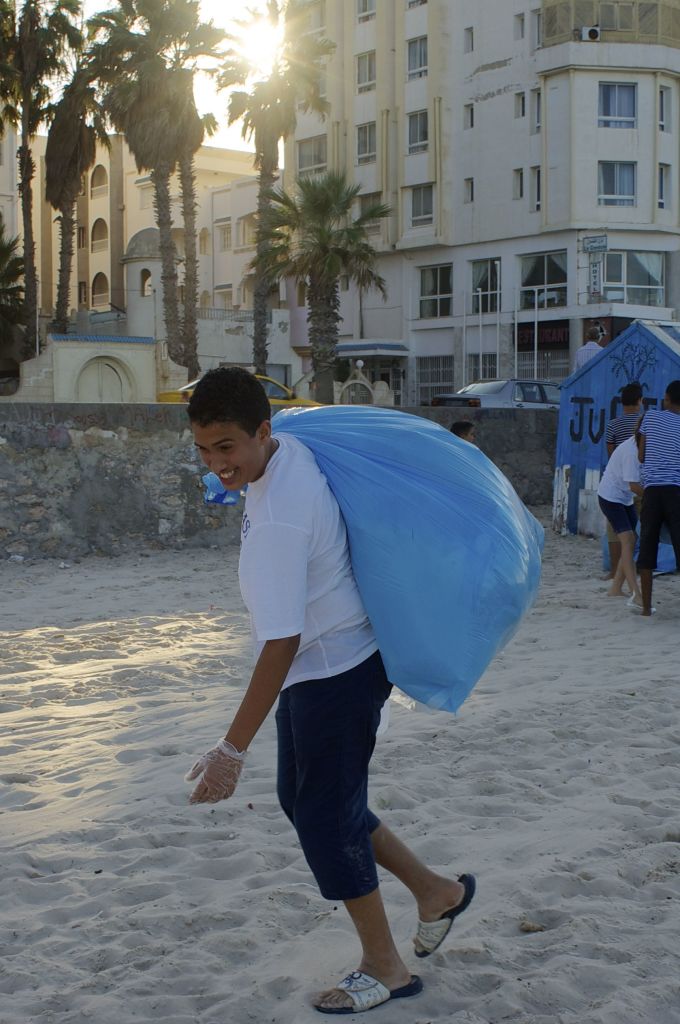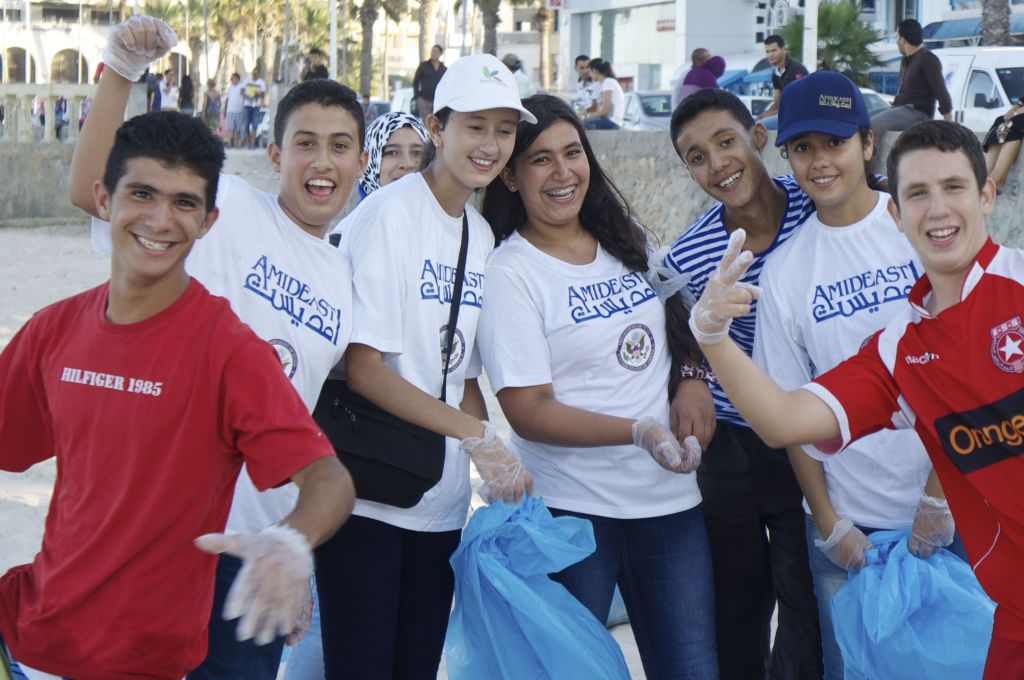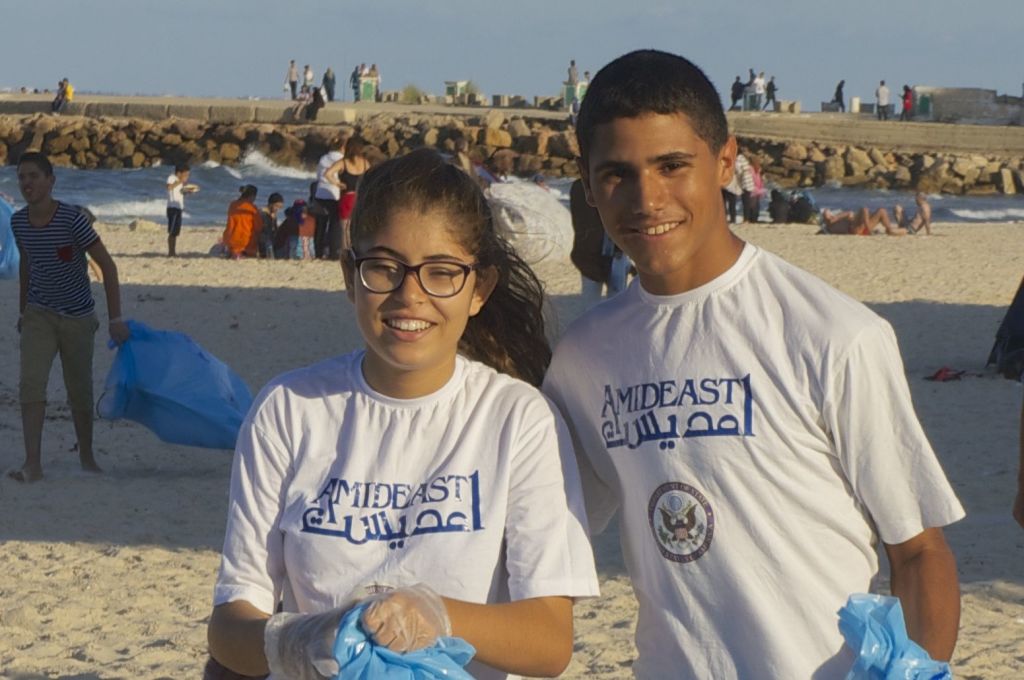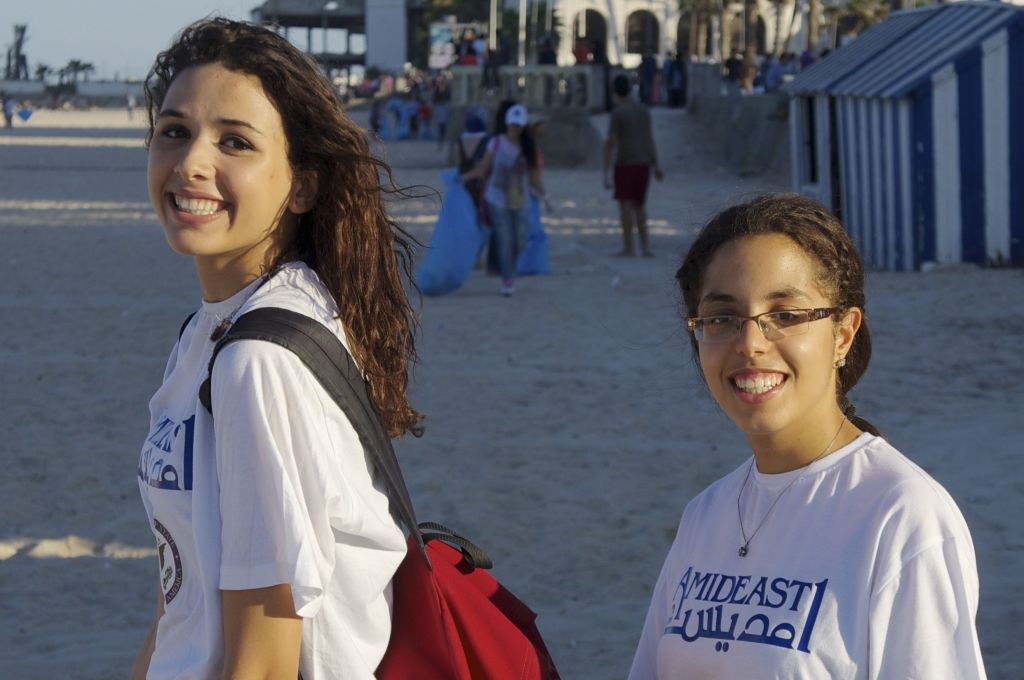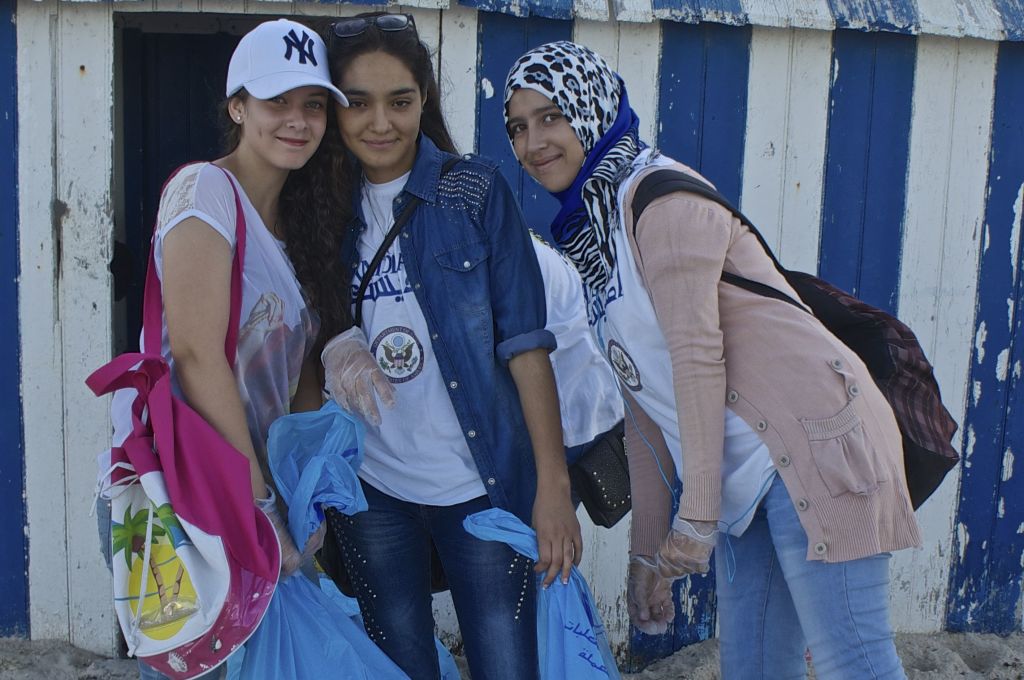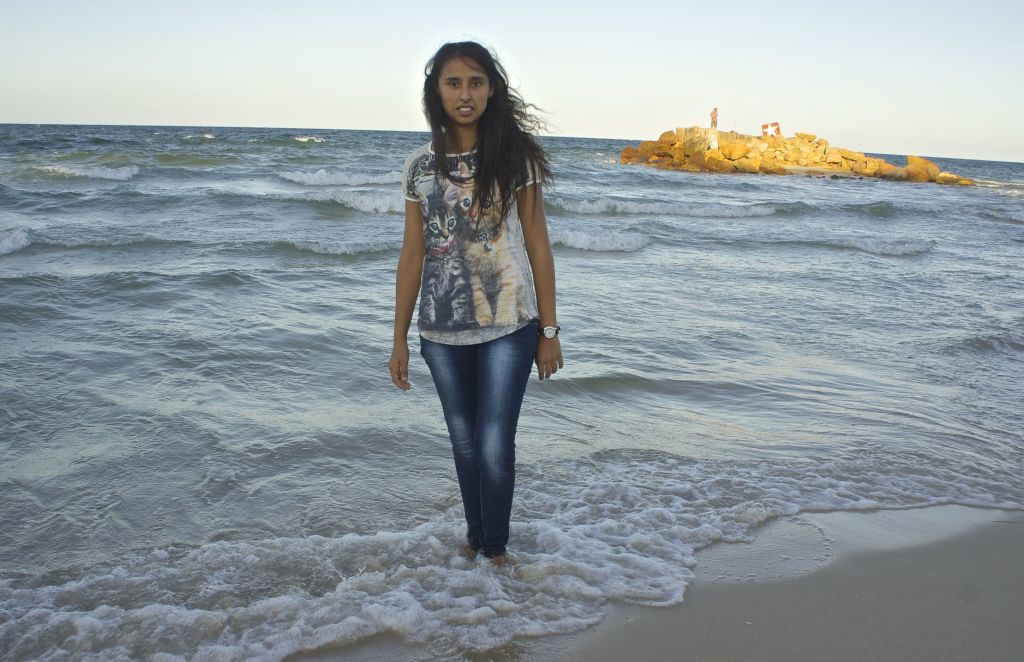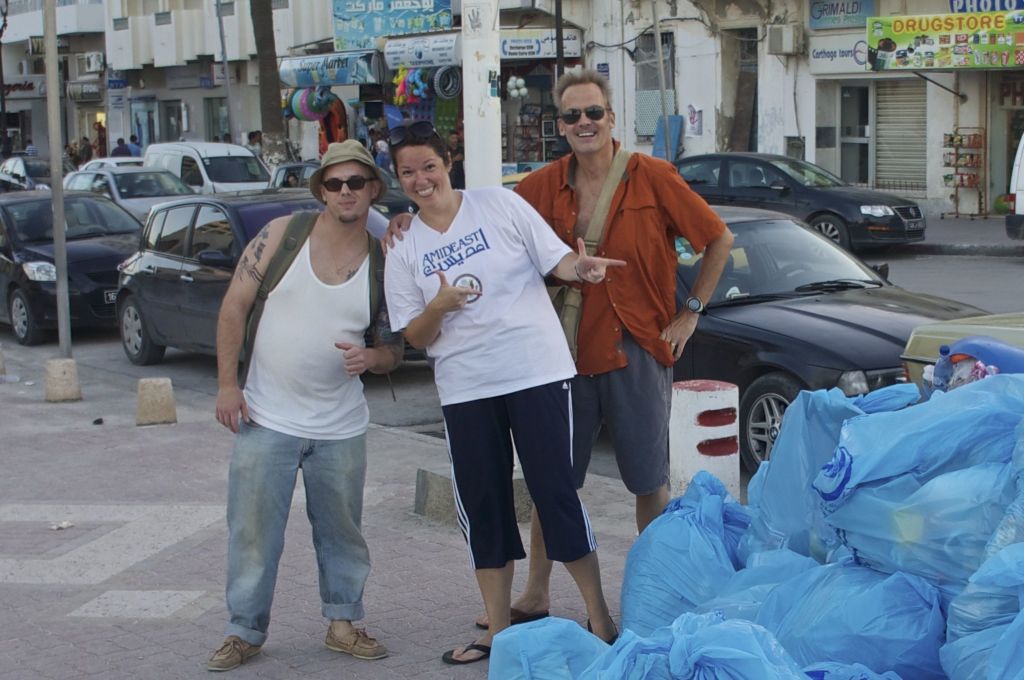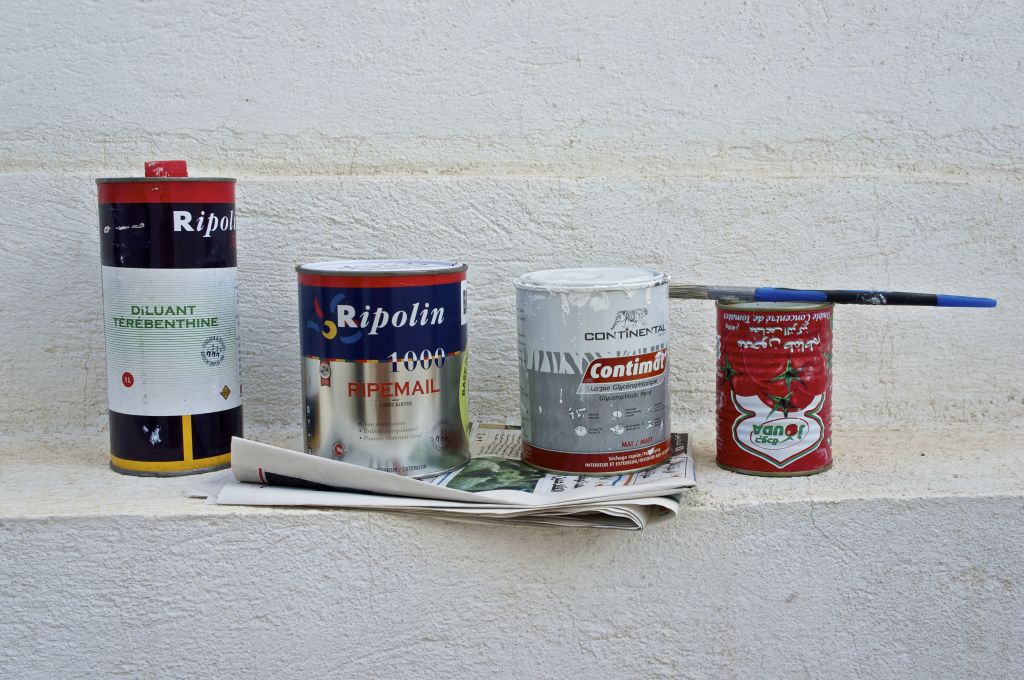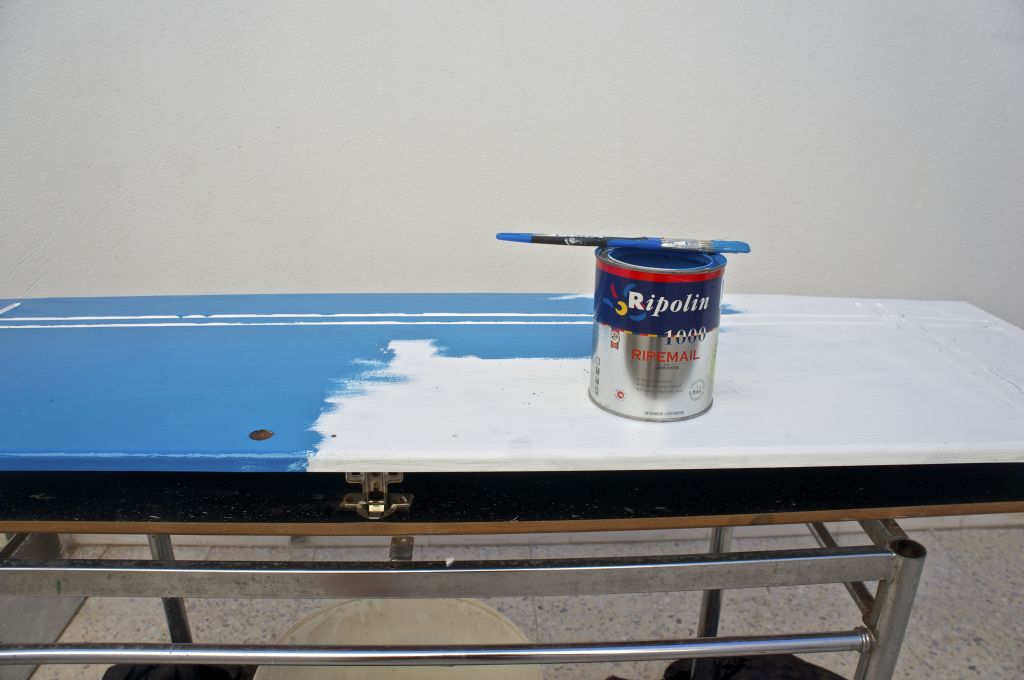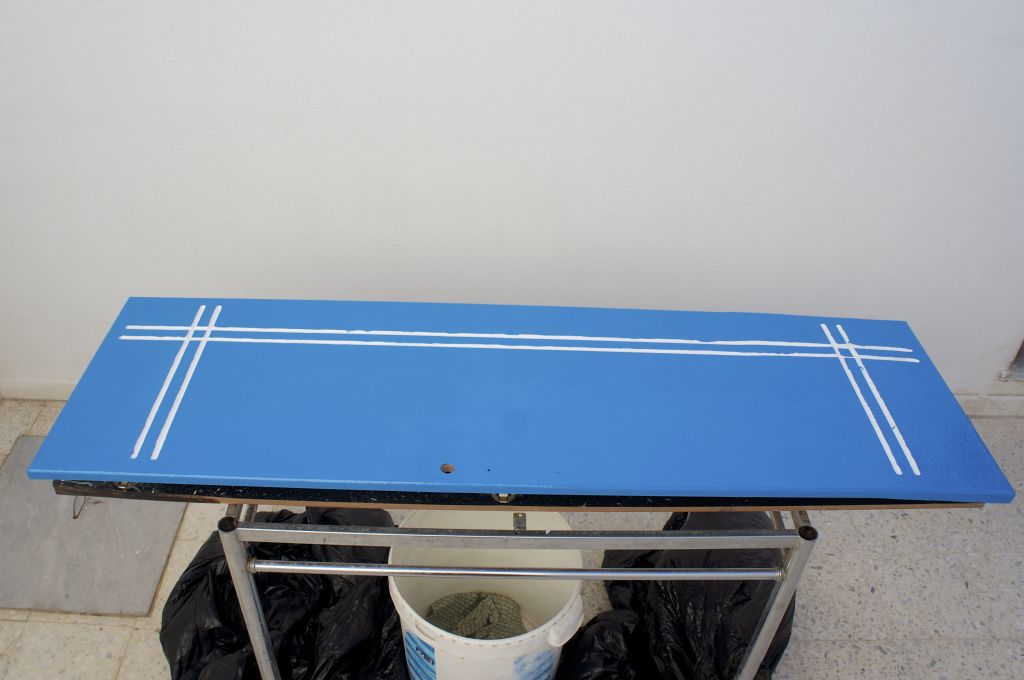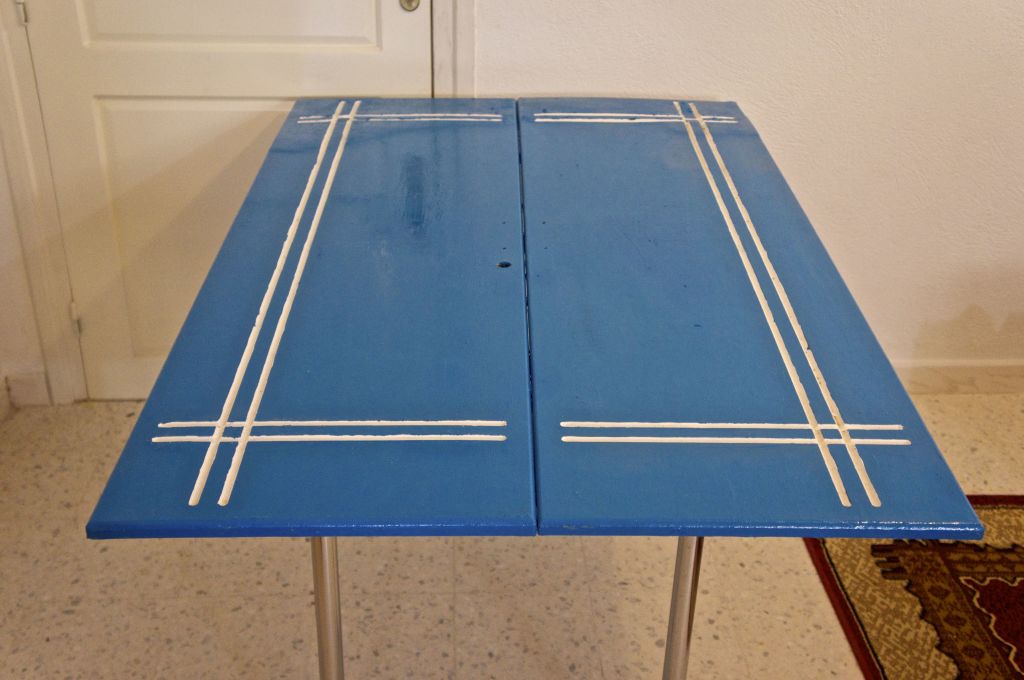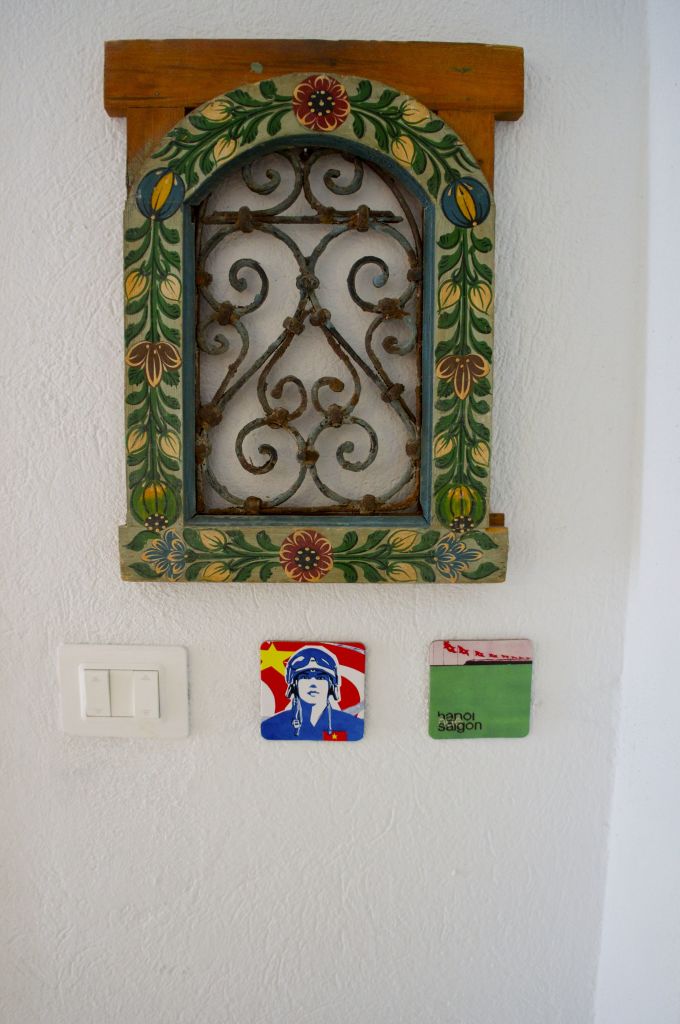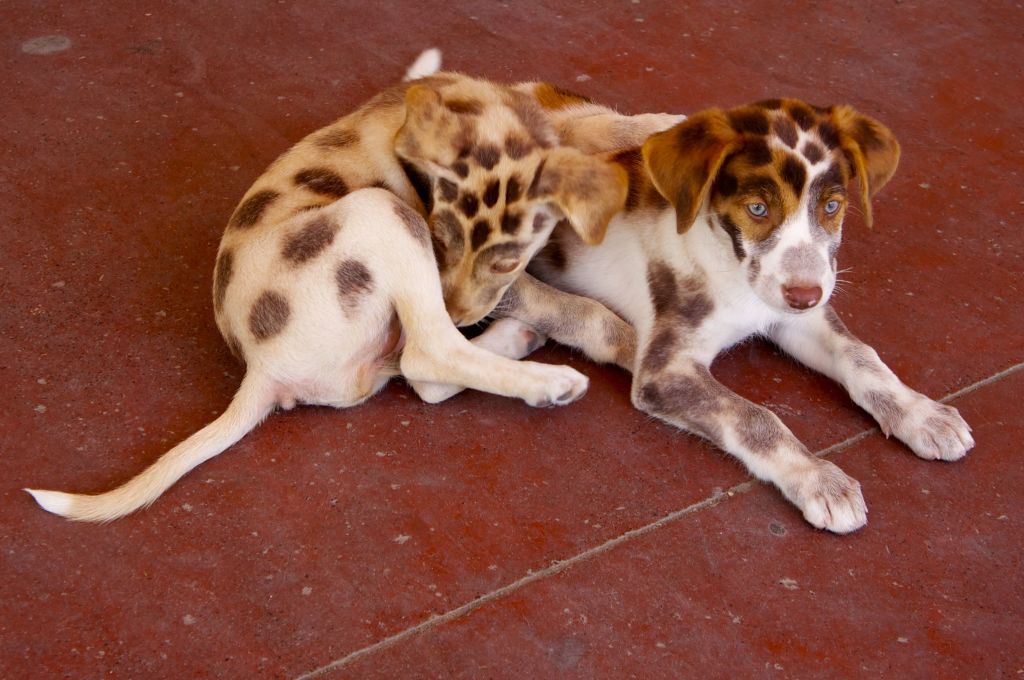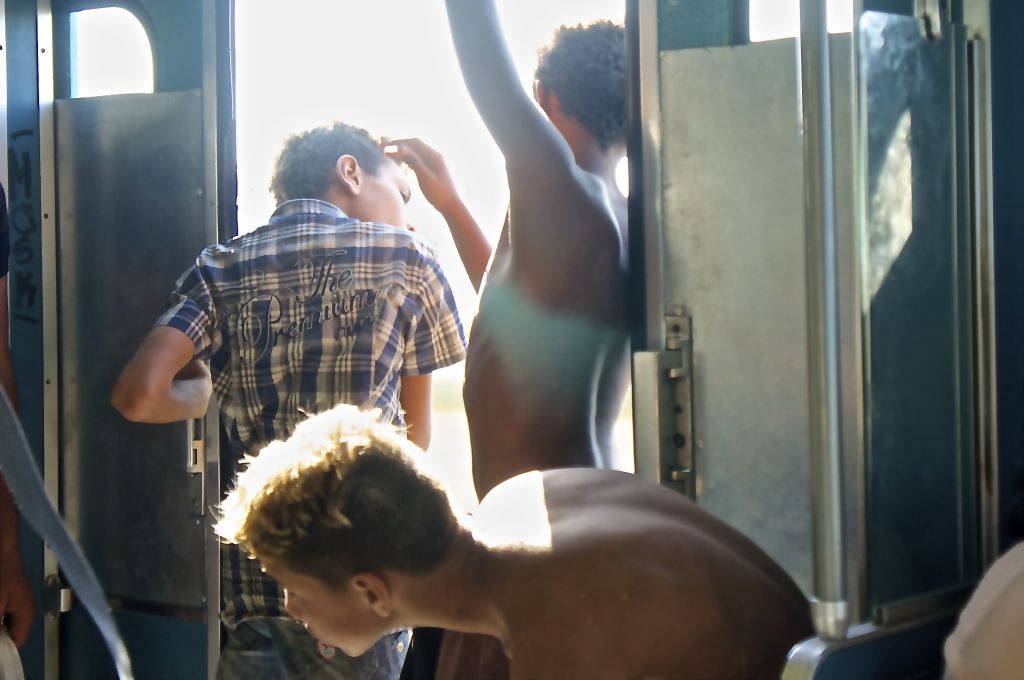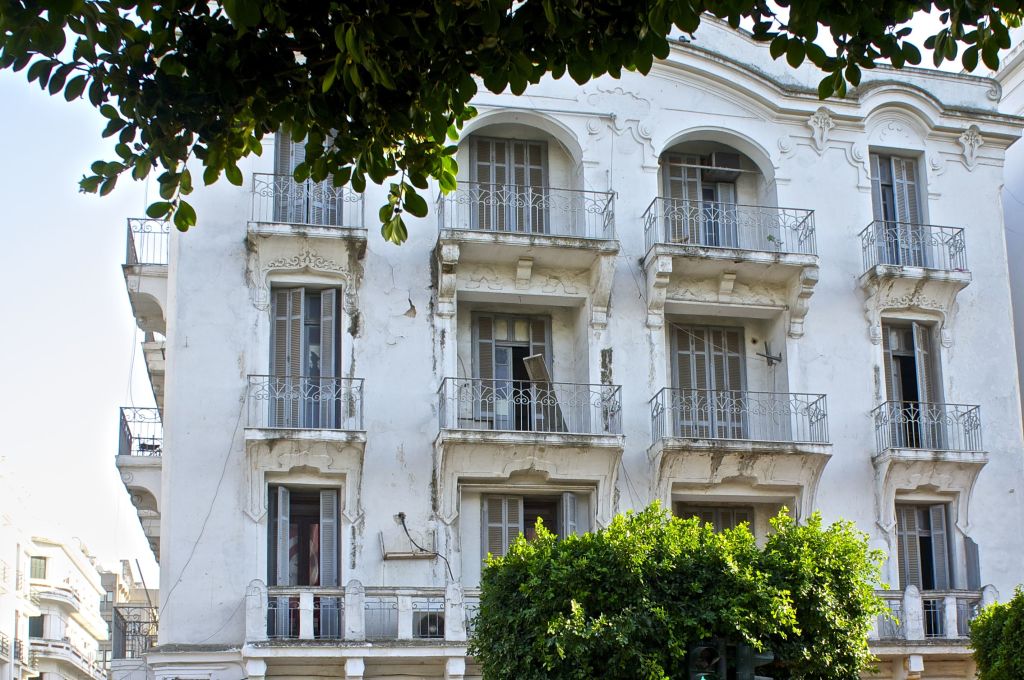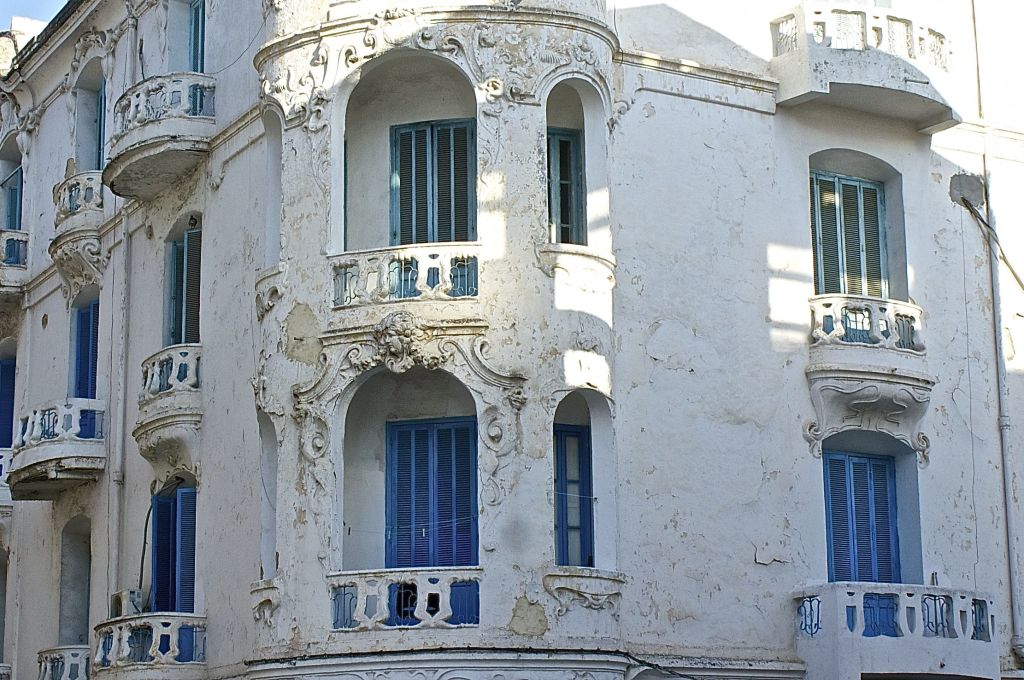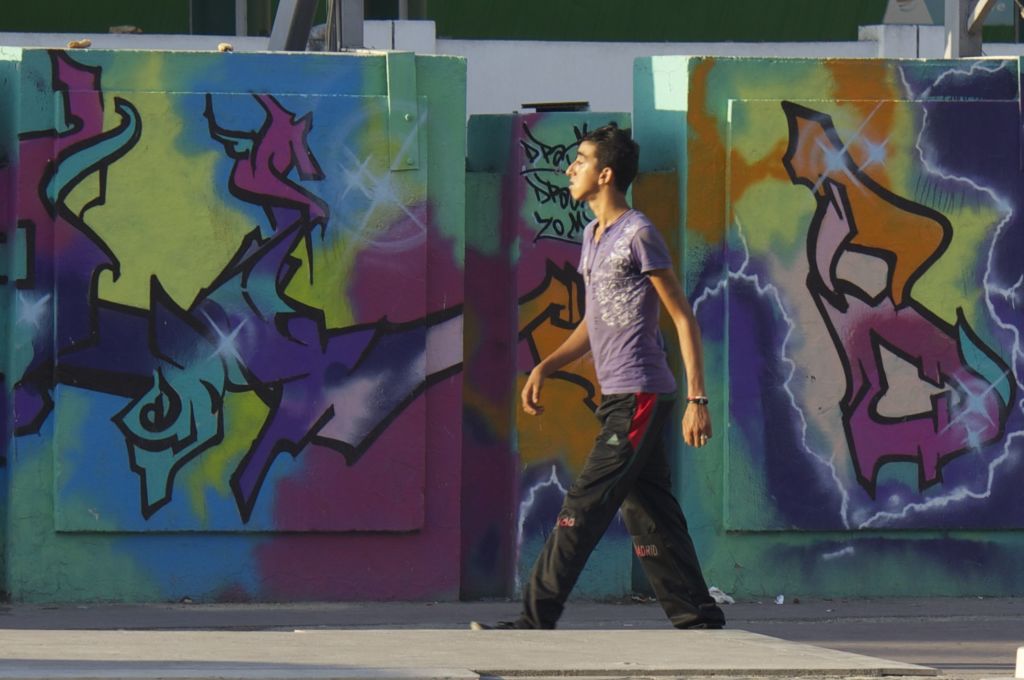Except for the soldiers and armor-clad police standing around with Austrian Steyr Aug assault weapons slung over their shoulders, the Tunisian legislative elections here in Sousse resembled elections back in the States.
I visited two polling places this morning, both of which were located inside gated public schools. The process seemed orderly and peaceful. Posters on the walls explained the voting process.
Voters passed through the gates and consulted lists of names that told them where to vote. They located their voting rooms and checked in with their Tunisian ID cards. They were given paper ballots listing the names, numbers and photographs of each party. They marked their ballots while standing, folded them, and then dropped them in a ballot box. Their index fingers were dipped in indelible purple ink and they were on their way. The whole process took my friend Malek about ten minutes. There were police inside the polling places but my friend Malek who voted there reported that they did not closely observe or interfere with the voting process.
One of my friends, however, reported to me that after she voted, she was approached by a Salafist who asked whom she supported. When she proudly told him that she’d voted for one of the secular parties, the Salafaist demanded her name and phone number. Naturally, she refused to give that information to him. While she is a strong woman, she saw the conversation as an attempt to intimidate her.
Some people came to the polls dressed in the Tunisian national colors of red and white. I saw one little girl carrying a Tunisian flag as she went with her mother to vote. Cars drove by from time to time bedecked with flags. The mood was peaceful and happy, the presence of the gun-toting soldiers and police notwithstanding. I saw no campaigning in the vicinity of either polling place. Some people brought their children to see what a real election was like.
In both places, international election observers were very much in evidence. I talked with some of them from the National Democratic Institute. Some of their team had been here for months monitoring the run-up to today. Others had been in country only a few days. Some planned to stay until the presidential elections next month were complete. Other observers included people from a Tunisian lawyers’ committee and the Carter Institute.
The campaign that preceded the election was also remarkably orderly. I remember being in Bangladesh just after elections there and seeing political posters and graffiti on every available vertical surface in a rhetorical collage of images and words. Here in Tunisia, however, there are designated places for political posters, and every poster must hang in its properly-numbered equally-sized rectangle.
These rules were strictly adhered to, at least here in Sousse. There were also parades and rallies, but even these were relatively quiet affairs: a dozen cars driving down the street with their horns blaring, a lone campaigner passing out literature in a cafe, a rally whose sounds wafted into my neighborhood one night around 10:00.
As I write this, the polls are still open. Some of my students have been hired to work tonight as ballot-counters in a shift that begins at 8 pm and runs to 4 am. I look forward to listening to their stories in the coming week.
